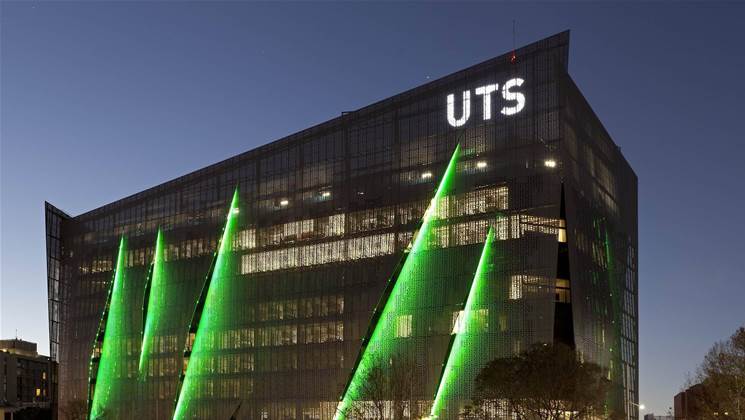Engineering and IT students at the University of Technology Sydney can now access resource intensive software necessary for their coursework from a cloud-hosted virtual environment.

The university has made the applications available through VMware Horizon Cloud on Azure, giving 10,0000 students access to tools and compute power they wouldn't ordinarily have from home.
Deputy CIO Peter Gale said the processing power needed for research and coursework in the engineering faculty can be a stretch, even for the most powerful workstations.
Prior to having virtual desktops, engineering and IT students were required to complete coursework on campus. Software licencing was also a barrier to working from home.
The cloud platform means students no longer need to commute or work late at night on campus to complete assignments. Staff and students can also work whilst overseas.
Students can also use their own laptops or tablets, freeing up space in the university's computer labs and other facilities.
Gale said VMware Horizon Cloud on Azure was more stable and consistent than any other solution the university could have deployed on-premises.
VMware said in a statement that Horizon Cloud on Azure had successfully handled more than 50,000 software and application load requests without experiencing any downtime.
"Moving applications and desktop infrastructure to the cloud has resulted in reductions to operational costs by 40 percent - freeing up not only IT's budget, but also the space once used to house server infrastructure," Gale said.
Faculty of Engineering and IT associate dean Rob Jarman said that a cloud-first, mobile solution encourages self-directed learning amongst students.
"The virtual desktop solution ... is helping us create an environment where students can gain that confidence in digital working, learning and collaboration which will take them even further in the workforce," Jarman said.
"It's a valuable milestone in our digital transformation journey and one that we believe will positively impact students well beyond what they experience today."
Gale added that by proving the virtual desktop solution in a compute-intensive faculty, UTS can safely "expand its deployment to other less compute-intensive faculties with total confidence".



_(20).jpg&h=140&w=231&c=1&s=0)







 iTnews Executive Retreat - Security Leaders Edition
iTnews Executive Retreat - Security Leaders Edition












_(1).jpg&h=140&w=231&c=1&s=0)



